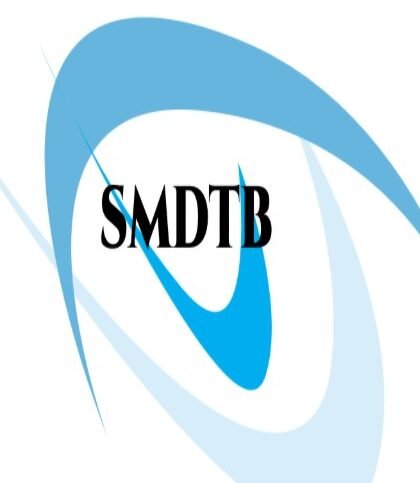As the effortlessly upbeat front desk manager hands me a grey terry cloth bathrobe, I can’t help but feel that arriving with a suitcase to Chenot Palace Weggis was, in hindsight, a rookie mistake. “Here’s your outfit for the next seven days,” she says with a smile, pointing out that pretty much everyone here lives in theirs. This wellness retreat perched on Lake Lucerne may look like a five-star hotel from the outside, but it operates more like a high-spec clinic for healthy people who’ve lived too hard, slept too little, and feel like their bodies have quietly staged a walkout. “If you have questions or need tips for the area, we’re happy to help,” she adds. “Just don’t ask us for restaurant recommendations.”
The centrepiece of my week-long “Advanced Detox” programme in this ridiculously serene corner of Switzerland is the so-called Chenot Method, developed half a century ago by French biologist and bon vivant Henri Chenot. It’s a tightly choreographed symphony of plant-based meals (no more than 850 calories a day, though surprisingly tasty), energetic cupping treatments, aromatherapy, and mud wraps. A daily routine that feels more like Olympic prep than a standard spa stay. “Many people confuse relaxation with recovery,” says Dr George Gaitanos, Chenot’s Chief Operating and Scientific Officer. “But your body is like a battery. Relaxation keeps it running. Recovery charges it.”
My battery, however, doesn’t so much reboot as short-circuit at first. On day two, as is customary, I’m slathered in warm seaweed mud following a cedar-juniper-thyme-lavender bath, wrapped in foil, and left to bake on a heated bed for 20 minutes, the goal being to sweat out toxins. Then comes the hydrojet – a high-pressure water cannon that hits with the force of a hailstorm. It’s designed to boost circulation and flush the lymphatic system, but my vision fades to black and I crumple to the floor. When I come to, a doctor is already kneeling beside me, stethoscope in hand. “It can happen,” he says calmly. “We ask a lot of the body here.”
The controlled stress, I’m told, kicks off a cascade of repair mechanisms: heat shock proteins mobilise, autophagy kicks in (that’s the cell’s own housekeeping system), and hormonal circuits begin to recalibrate. “We simulate a kind of fever,” says Dr Gaitanos, who previously worked with athletes and NBA team like the Chicago Bulls. “It deliberately pushes the body out of balance so it can restore itself from within.” Feeling groggy and fogged-over in the early days is normal, he assures me. But by day four, the haze lifts—and with it comes a curious lucidity: thoughts sharpen, senses reboot, and the body feels oddly reinhabited.
The mistake most people make, Gaitanos argues, is that they define health by the absence of symptoms—rather than by their potential. But potential, unlike pain, rarely announces itself. To detect it, Chenot also relies on molecular intelligence: an epigenetic test that listens in on the whispers of your cells. A mere four millilitres of blood are enough to detect risk patterns that hint at future imbalances—sometimes decades before symptoms surface. The main goal isn’t to diagnose disease per se, but to catch the earliest molecular tremors—subtle shifts that could ripple into something larger: silent inflammation, hormonal irregularities, neurological misfires.



